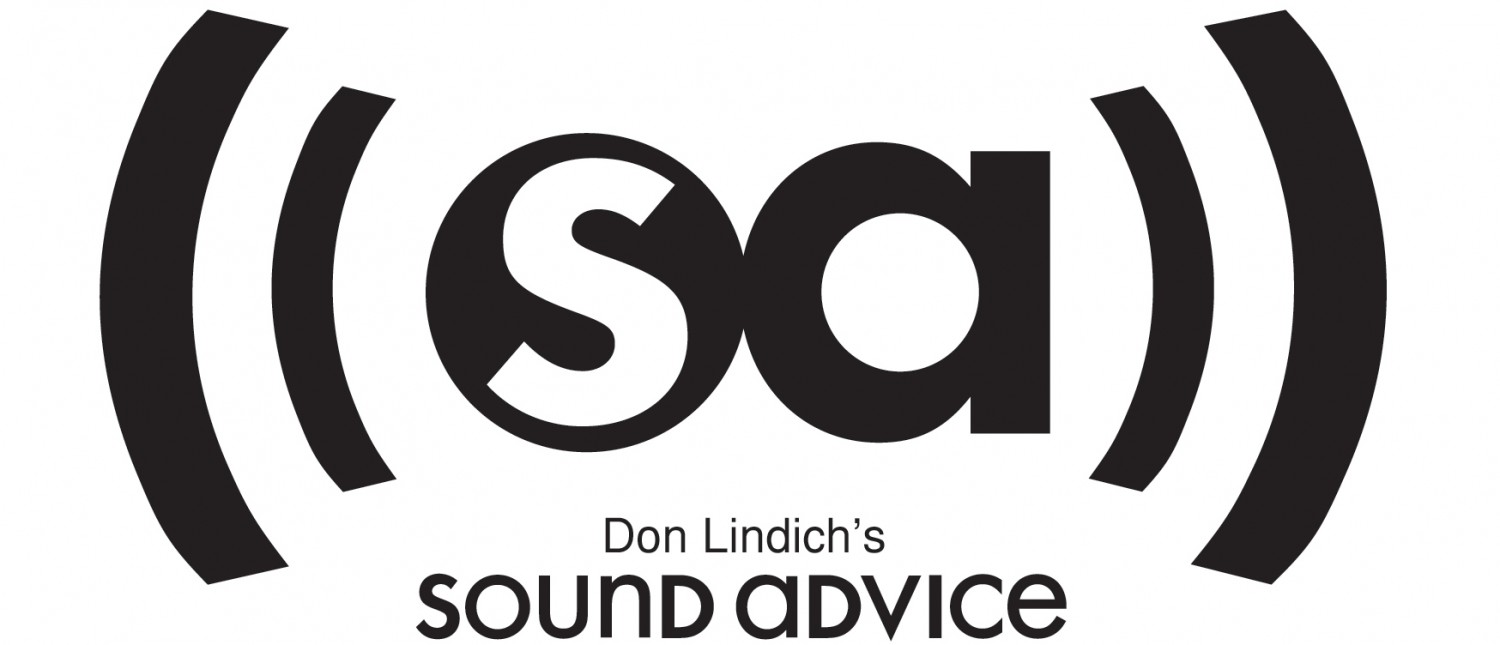Sound Advice
By Don Lindich
Week 34, 2019
Q. Our TV was over 20 years old, and I wanted to start using the multitude of streaming services that are now available. So, I purchased a new Sony TV based on good past experience. I hoped it would be completely compatible with my other devices, but this did not happen. My experience with all the associated remotes has been very unsatisfactory.
The big problem is the TV remote only does about half of the things suggested by the button labels. Our Comcast remote still controls functions on the cable box such as power, volume, and channel, which are things the TV remote cannot do.
The salesman suggested a universal remote. This was a costly mistake as it was not much better. The extensive programming it required may have been the problem. I should have followed my instincts, which are to not trust anything that claims to be “universal” as it usually means it will fit nothing perfectly.
My repeated efforts to get help from the retailer and the salesman have gone nowhere. Now, my inquiries are limited to a single question: am I forever stuck with two remotes, one for some functions on the TV, and another for the Comcast cable box?
-A,L., Livermore, CA
A. Twenty years ago it was easy to have just two remotes, one for the TV, and one for the cable box. In the analog days the TV’s primary controls were on/off, volume, and channel, and it was easy to program a cable box remote to handle on/off and volume so you only really needed the cable box remote.
Manufacturers try to design their remotes to talk to devices from other brands, but except for the most basic functions they usually do not play well with each other. Even then, as you have seen through your experiences with the universal remote, programming a single remote to work all your devices can be problematic and unreliable. Further complicating matters are the increasing number of remotes that work via a wireless radio connection like Bluetooth, instead of the traditional optical infrared (IR) that has been the default for remote controls for decades.
To answer your question, I think if you are stuck with only two remotes you are lucky. It is very easy to get stuck with many more than that. Just going through my own home, in my home theater room I have a remote for the TV, a remote for the Blu-ray player, a Roku remote, a DISH satellite box remote, a remote for my A/V preamp, and a remote for a separate DVD player that feeds a special video processor. Even a basic system with a Roku Smart TV, cable or satellite box, Blu-ray player, and a soundbar will have four remotes, and that isn’t even an especially elaborate system.
One way to ensure compatibility is to buy products from the same manufacturer whenever possible. For example, a Sony Blu-ray player remote will also control a Sony TV and TCL soundbars pair with TCL TVs wirelessly so the TV remote also controls the soundbar, complete with on-screen volume display.
Hopefully you will be able to limit your need of the Sony remote so you only need to pick it up for specialized functions like picture settings or Smart TV functions. It should be easy to program the Comcast remote to turn the Sony TV off and on, and to change the volume. That way you will only need the Comcast remote for most TV watching, and only the Sony remote for streaming services.

